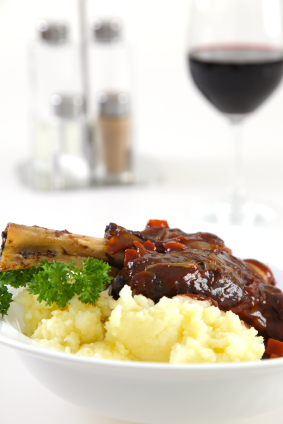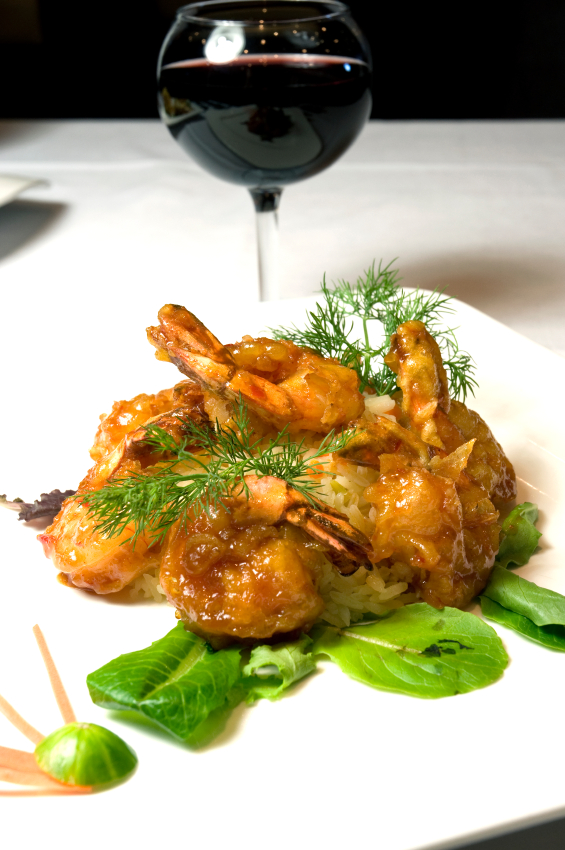I think of wine as its own food group like vegetables or meats. It can certainly be enjoyed on its own between meals, but wine really belongs on the table with other food. When paired appropriately, a wine partnered with a particular dish can elevate the meal to taste even better than when it was on its own.
 That said I don’t believe there is one SINGLE perfect pairing for any given dish. I don’t always pay meticulous attention to pairings and who has time and brain space available to follow rules!
That said I don’t believe there is one SINGLE perfect pairing for any given dish. I don’t always pay meticulous attention to pairings and who has time and brain space available to follow rules!
Eat what you like and drink what you like! I’m all for it…except there might be a better pairing out there.
For instance, I love rich dark chocolate…the more silky and bitter the better. And I love scallops…tender, slightly caramelized and sweet. But while I love both of those foods, I just can’t picture that chocolate and scallops would make really good…pairing. Granted I’ve never tried it, but I have a feeling that there may be a better recipe out there than dark chocolate-covered scallops.
So now what? Let’s keep this simple. Here are two basic guidelines for more harmonious food & wine pairings:
- Match the weight of the food with the weight of the wine
- Echo flavor characteristics of the food and wine
Matching by weight
This is easier than it sounds, intuitive really. When choosing a wine, aim for matching delicate to delicate and robust to robust. Hearty food like braised short ribs paired with a delicate aged red Burgundy would make the wine seem thin and watery. Similarly, a lightly poached salmon would be flattened by a massive spicy red Zinfandel.
But be careful to identify the dominant character in the dish – hint: it’s not always the protein. The old culinary claim of red-wine-with-beef doesn’t apply when the beef is part of a creamy stroganoff (in this case I might reach for a full-bodied Alsatian Pinot Gris or richly-styled Chardonnay). Similarly, chicken does not always mean white wine if that chicken had been charcoal grilled and slathered in a BBQ sauce.
Echoing the flavors
Paying attention to the dominant flavors of the dish will also guide you to a more delicious pairing.
So let’s consider two different chicken dishes: chicken Marsala, which is sautéed chicken finished in a dark Marsala wine sauce with browned mushrooms and onions, versus a plain chicken breast simply poached in a creamy lemon sauce. The caramelized, earthy flavors of the chicken Marsala can be echoed by the earthy notes of a red wine made from Pinot Noir. The zesty citrus flavors of the latter dish would be harmonious with a refreshing citrus-driven white wine like a Pinot Grigio.
Now don’t get stressed about getting it ‘right’. No pairing is not going to make you enjoy a despised dish any better or vice versa (but you don’t really have any wines you hate, right?). I hate tripe and as far as I can tell there is no wine on planet earth that will make that mess of a dish palatable.
But let’s start there. I hope these two basic guidelines will help you start to take the mystery out of wine pairings. We’ll dig into chemistry of food & wine in a future post – stay tuned!




